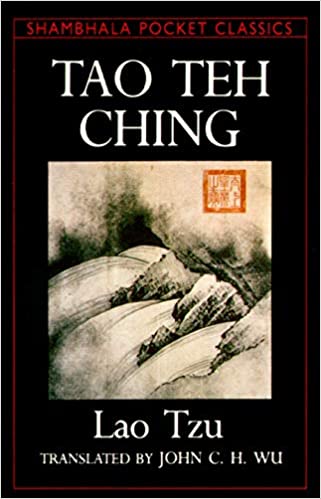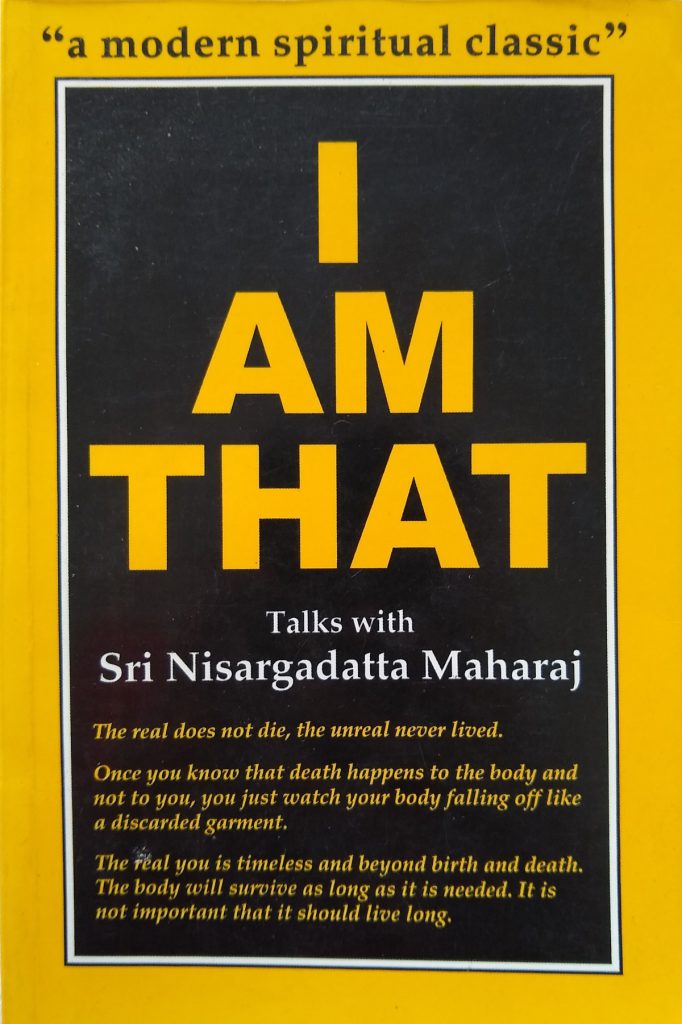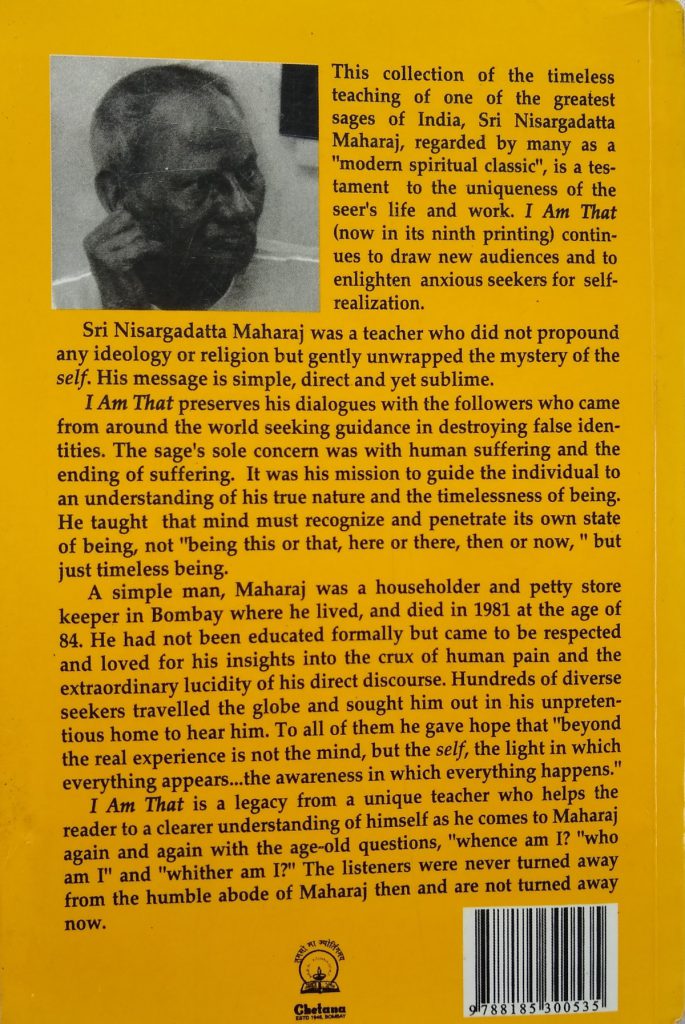What: Retreat at SIDH campus at Kempty
When: May 2nd to 6th, 2022
People: Around 20 participants from Bareilly, Chandigarh, Delhi, Mumbai, Pune, Bangalore, Hyderabad and Vizag.
Idea: Reading, contemplation and discussion on ‘Bharatiya Chitta, Manas and Kaala’ can perhaps show us a direction to be at peace with ourselves and the world.
How the retreat went:
We were trying this kind of retreat for the first time at SIDH and it was well received by the participants. What we did was loud reading of one or two chapters of the Hindi version of the book every day followed by discussions that tried to connect what we read to our individual lived experience. The discussions ranged from the Shastras and Itihaasa to the problems of modern life.
The book is written in very simple language and talks about the disconnect that we educated Indians feel as we live our lives governed by systems that are misaligned with our Indian identity. For example, Dharampalji asks a simple question – Who does this 20th-21st century belong to? Because, it seems like most of the people of India have another conception of Kaala, they live in some other time-frame. This does not mean that we are backward or need to catch up with the century of the West but that we need to organize our lives in some other way.
Like Gandhiji, Dharampalji also talks about our essential Bharatiyata being preserved and propagated through the ordinary Indians. His recommendation is that if we can understand the Chitta, Manas and Kaala of the ordinary Indian we would perhaps understand the Bharatiya Chitta, Manas and Kaala. He goes on to say that this is now difficult because the educated Indian is far removed from the ordinary Indian.
Bharatiya Chitta, Manas and Kaala is a book that points to ways in which we can understand who we are and begin the work of coming out of the disconnect of living in somebody else’s world. Looking inwards at what is going wrong in our lives is a painful process and the retreat was helpful in starting a contemplative conversation about it.


